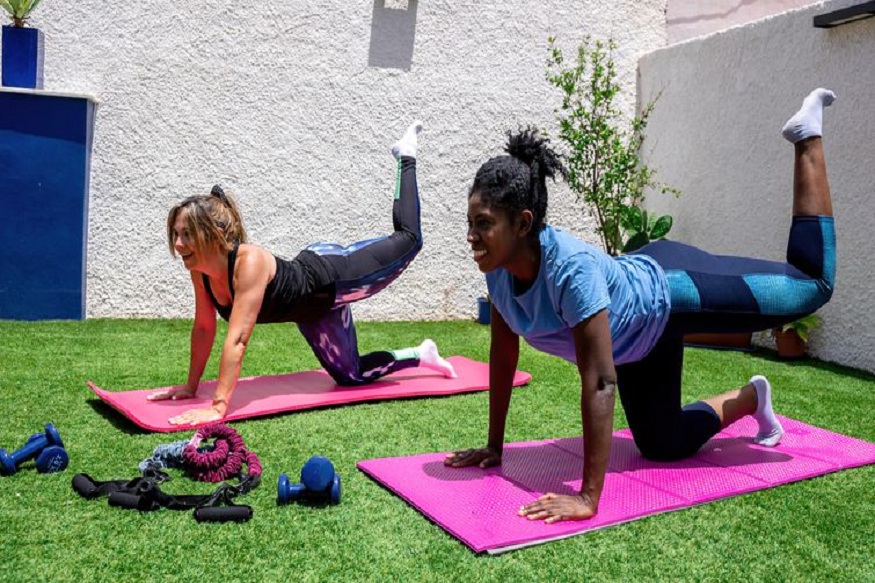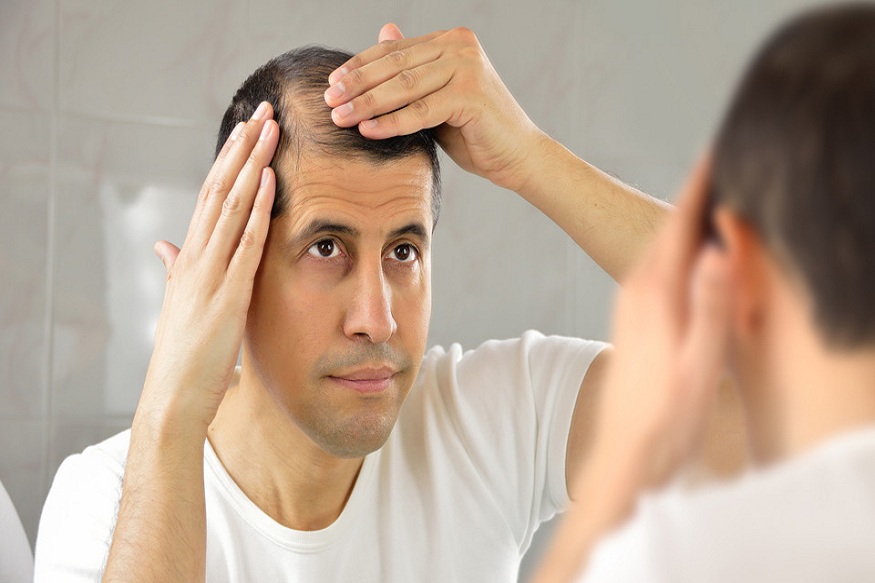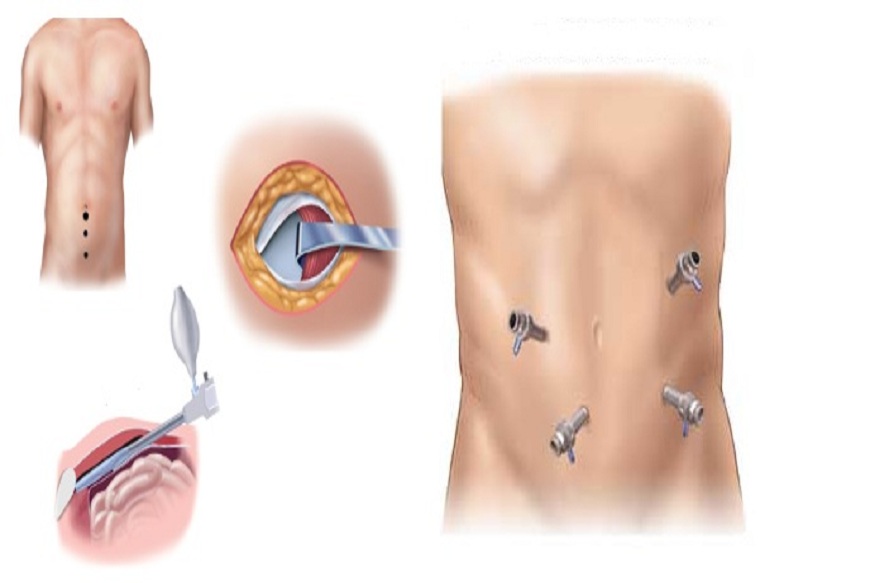
Ashtanga yoga is a very physical practice! It’s a dynamic yoga whose postures work in series. But which yoga mat should you buy for Ashtanga? Here you’ll find a definition of Ashtanga followed by our advice to help you choose the right mat for this type of yoga .
What is Ashtanga yoga?
Translated from Sanskrit, the term “Ashtanga yoga” literally means “the eight limbs of yoga.” These eight limbs were originally described in Patanjali’s Yoga Sutras, one of the founding texts of yoga, which establishes the principles that every yogi should strive to follow.
When learning this yoga, you must master each posture in a series before moving on to the next.
The first series begins with ten sun salutations (five A and five B), continues with a series of standing yoga positions (warrior, trikonasana, etc.) and ends with a series of inversions and seated postures, interspersed with vinyasa.
A typical Ashtanga yoga class is divided like this:
Mantras
Sun Salutations (Urdhva Vriksasana, Uttanasana A, Uttanasana B, Chaturanga Dandasana, Urdhva-Mukha-Shvanasana, Adho-Mukha-Shvanasana, Uttanasana A, Uttanasana B, Urdhva Vriksasana, Samasthiti)
Standing postures or fundamental positions
Finishing sequence with the all-important Savasana (one of the most important aspects of a yoga practice). Savasana guides practitioners towards Samadhi, one of Patanjali’s eight limbs.
To whet your appetite, here is an Ashtanga Yoga class (1st series), taught by an excellent teacher, Caroline Boulinguez:
If you’ve taken this class, you’ve probably realized that it’s a difficult yoga style, so we recommend not starting with Ashtanga if you’re new to yoga. It takes many years to master each series, so patience is essential!
Which yoga mat should I buy to practice Ashtanga?
We know from experience that choosing a comfortable, non-slip yoga mat can be a daunting task. Here are a few criteria to help you navigate the multitude of options on the market.
What material should you choose for an Ashtanga mat?
PVC is the least slip-resistant material available, so we don’t recommend plastic for this demanding practice. As soon as you start sweating, your mat risks turning into an ice rink, as PVC leaves perspiration on the surface.
We recommend a yoga mat made of cork and natural rubber.
Rubber provides excellent grip on the floor, and you’ll need it. There’s a lot of jumping involved in Ashtanga, and you risk slipping during your transitions if you don’t have a non-slip mat. Latex also provides good cushioning, which will relieve your joints, especially your knees, which can be fragile.
In certain balancing postures, such as Sirsasana (headstand) or tree pose, rubber will be of great help to you because of the stability it offers.
The cork surface will adhere to your feet and hands: the more you sweat, the more grip your yoga mat will have: perfect, right?
We often sweat a lot during an Ashtanga class, slipping will disrupt your practice and put strain on your already overworked joints and tendons.It is also a soft and warm material that will be able to accompany you throughout your progress.




